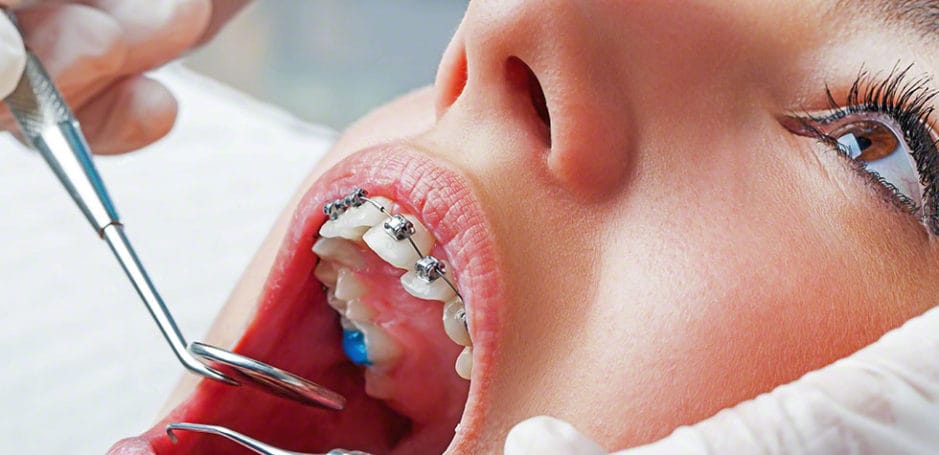Environmental allergies, commonly referred to as allergic rhinitis or hay fever, impact millions of individuals around the globe. These allergies are provoked by everyday substances in the environment, like pollen, mold spores, dust mites, and pet dander. Symptoms can vary from mild to severe, including sneezing, nasal congestion, itchy eyes, and respiratory issues, often necessitating consultation with an allergy specialist.
Identifying Environmental Allergy Triggers
In this discussion, we will examine how to recognize environmental allergy triggers and create a home environment that minimizes exposure, providing relief to those suffering from allergies.
Pollen
Pollen from trees, grasses, and weeds is a frequent allergen that can cause symptoms in individuals with seasonal allergies. Pollen levels are typically highest during the spring and fall when plants are blooming. To pinpoint specific pollen triggers, track pollen counts in your area using local weather websites or mobile apps. Avoid outdoor activities during peak pollen times, like early morning and late afternoon, and keep windows and doors shut to prevent pollen from entering your home.
Mold Spores
Mold spores flourish in damp, humid environments and can be present both indoors and outdoors. Indoor sources of mold include bathrooms, basements, and areas with water damage. Outdoor mold can be found in soil, decaying vegetation, and damp surfaces. To identify mold triggers, inspect your home for signs of mold growth, such as musty odors, water stains, or visible mold. Use a dehumidifier to lower indoor humidity levels, promptly fix leaks and moisture issues, and clean or remove mold-infested materials to avoid exposure.
Dust Mites
Dust mites are microscopic creatures that thrive in warm, humid environments and feed on human skin flakes. They are commonly found in bedding, upholstered furniture, carpets, and stuffed toys. To identify dust mite triggers, wash bedding and linens in hot water weekly, use allergen-proof mattress and pillow covers, and regularly vacuum area rugs and upholstery with a HEPA filter-equipped vacuum cleaner. Consider replacing carpets with hard flooring surfaces and minimizing clutter to reduce areas where dust mites can harbor.
Pet Dander
Pet dander consists of tiny skin flakes shed by cats, dogs, and other animals, and it is a common allergen that can provoke allergic reactions in sensitive individuals. Even hypoallergenic breeds can produce dander and trigger allergies. To identify pet dander triggers, consider allergy testing to determine if you are allergic to specific animals. If you are allergic, establish pet-free zones in your home, bathe pets regularly to reduce dander buildup, and use high-efficiency air purifiers with HEPA filters to remove airborne pet allergens.
Creating an Allergy-Friendly Home Environment
Regular cleaning is crucial for reducing allergens in your home. Vacuum carpets, rugs, and upholstery regularly using a vacuum cleaner with a HEPA filter. Dust surfaces with a damp cloth to trap dust particles instead of dispersing them into the air. Wash bedding, curtains, and other soft furnishings in hot water weekly to eliminate dust mites and allergens. Keep clutter to a minimum to prevent dust accumulation and make cleaning more manageable.
Control Indoor Humidity
Maintaining optimal indoor humidity levels can help prevent mold growth and reduce dust mite populations. Use a dehumidifier to keep indoor humidity levels below 50%, especially in areas prone to moisture, like bathrooms, basements, and kitchens. Repair leaks and water damage promptly to prevent mold growth and ensure proper ventilation in moisture-prone areas to promote air circulation and avoid humidity buildup.
Use Allergen-Proof Encasings
Invest in allergen-proof encasings for mattresses, pillows, and box springs to create a barrier against dust mites and pet dander. These impermeable covers prevent allergens from penetrating the bedding and can significantly reduce exposure to allergens while sleeping. Look for encasings labeled as allergen-proof or dust-mite-proof, and ensure they are zippered and fully encased on the mattress or pillow for maximum effectiveness.
Invest in Air Purification
High-efficiency air purifiers with HEPA filters can effectively remove airborne allergens such as pollen, mold spores, dust mites, and pet dander from indoor air. Place air purifiers in frequently used areas like bedrooms, living rooms, and home offices to enhance indoor air quality and reduce allergy symptoms. Consider portable air purifiers for individual rooms or whole-house air purifiers that integrate with your HVAC system for comprehensive air purification throughout your home.
Outdoor Allergy Prevention
Implement strategies to minimize exposure to environmental allergens outdoors. Advise allergy sufferers to check pollen forecasts before spending time outside and to wear sunglasses and hats to protect their eyes and face from pollen. Wearing a pollen mask or respirator when doing outdoor activities such as gardening or yard work is recommended, and showering and changing clothes immediately after coming indoors to remove pollen from the skin and hair is recommended. Suggest planting low-allergen plants in gardens and landscaping to reduce pollen exposure around the home.
Dietary Considerations
Explore the potential impact of diet on allergy symptoms and suggest dietary changes that may help alleviate symptoms. Certain foods, such as dairy products, wheat, soy, and processed foods, may exacerbate inflammation and worsen allergy symptoms in some individuals. Conversely, incorporating anti-inflammatory foods such as fruits, vegetables, fatty fish, and nuts into the diet may help reduce inflammation and support immune function. Encourage allergy sufferers to consult with a registered dietitian or healthcare provider for personalized dietary recommendations tailored to their specific needs and allergies.
Seeking Professional Help
Encourage individuals with persistent or severe allergy symptoms to seek professional help from an allergist or immunologist. Allergy specialists can conduct comprehensive allergy testing to identify specific allergens and develop personalized treatment plans tailored to individual needs. Treatment options may include allergen avoidance strategies, medication management, allergy shots (immunotherapy), and lifestyle modifications. Emphasize the importance of proactive management of allergies to prevent complications and improve quality of life for allergy sufferers.
Allergy-Proofing Your Workspace
Provide tips for creating an allergy-friendly workspace to minimize allergen exposure during the workday. Encourage individuals with environmental allergies to keep their workspace clean and clutter-free, vacuuming regularly with a HEPA-filtered vacuum cleaner and wiping down surfaces with a damp cloth to remove dust and allergens. Consider using an air purifier with a HEPA filter in the workspace to improve indoor air quality and reduce airborne allergens. If possible, request a workspace away from sources of indoor allergens such as printers, copiers, and HVAC vents.
Allergen Avoidance During Travel
Discuss strategies for minimizing allergen exposure while traveling, whether for business or leisure. Encourage allergy sufferers to research allergen-friendly accommodations and destinations before booking travel and to pack allergy relief essentials such as medications, hypoallergenic bedding encasings, and portable air purifiers. When staying in hotels or rental properties, request allergen-proof bedding and inquire about the property’s cleaning protocols for removing allergens. Suggest avoiding known allergy triggers such as smoking rooms, pet-friendly accommodations, and locations with high pollen counts during peak allergy seasons.
Managing Allergy Symptoms
Provide guidance on managing allergy symptoms effectively to improve quality of life and overall well-being. Encourage allergy sufferers to work with their healthcare provider to develop an individualized treatment plan that may include allergy medications, nasal sprays, eye drops, and immunotherapy (allergy shots). Recommend using over-the-counter antihistamines or decongestants to alleviate acute allergy symptoms such as sneezing, congestion, and itchy eyes. Additionally, suggest practicing relaxation techniques such as deep breathing exercises, yoga, or meditation to reduce stress and promote relaxation, which may help alleviate allergy symptoms.
Conclusion
Creating an allergy-friendly home environment involves identifying and minimizing exposure to common environmental allergens such as pollen, mold spores, dust mites, and pet dander. By implementing simple yet effective strategies such as regular cleaning, controlling indoor humidity, using allergen-proof encasings, and investing in air purification, you can reduce allergen levels in your home and alleviate allergy symptoms for yourself and your family. Consult with an allergist or healthcare provider for personalized advice and treatment options if you continue to experience allergy symptoms despite implementing these measures.



